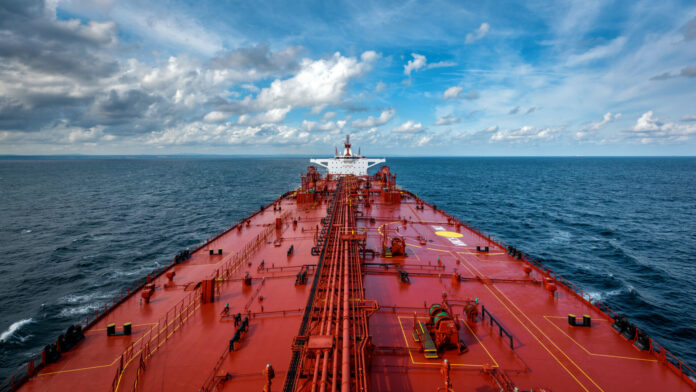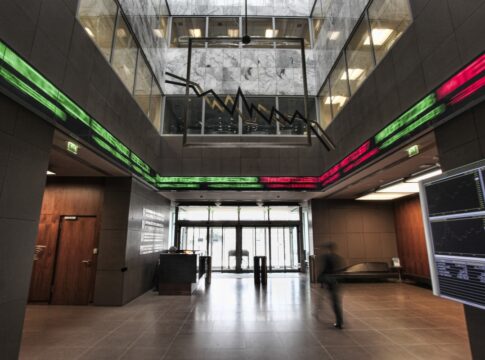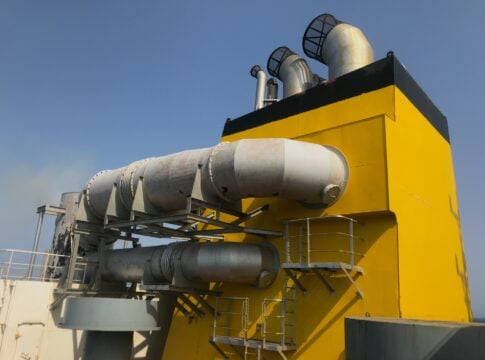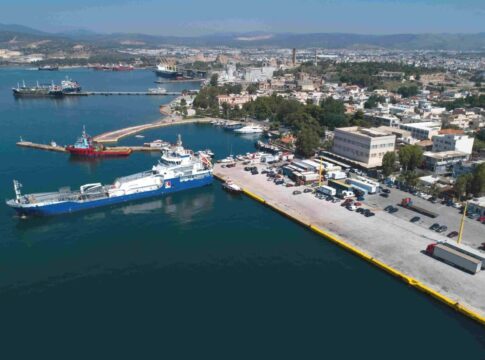Despite the spectacular increase in tanker construction over the last two years, newbuild tonnage still lags well behind tankers that have exceeded 15 years and are nearing the end of their operational life.
This means that the ships on the market will be limited in the future, which combined with high demand is always beneficial for the charter market.
On the other hand, the situation highlights the difficulties of renewing an already “aging” fleet amid a tightening regulatory framework for the environment with the first milestone in 2030.
According to data from the shipping brokerage Gibson, in 2023 the analysts recorded construction agreements for 80 aframaxes/LR2 tankers -mainly for LR2- and the total orderbook includes 133 units, while 439 ships of this category have exceeded 15 years of life.
“With so many aging tankers, the volume of shipbuilding activity looks modest,” Gibson noted.
Meanwhile, significant investments were made this year for handy/MR tankers. In particular, orders were recorded for 90 MRs with a capacity of 42,000 – 57,000 dwt and 16 handy tankers with a capacity of 30,000 – 42,000 dwt, while the total book of the two types consists of 177 vessels.
“Although constructions of this tanker size are already at their highest level in a decade, we have to compare these numbers with the aging fleet and we count over 940 vessels built in 2008 or earlier and 288 built in 2002 or earlier,” Gibson analysts explained.
In Suezmax tankers, orders for 55 ships were placed this year, increasing the total orderbook to 67, with ships over 15 years old totaling 204.














